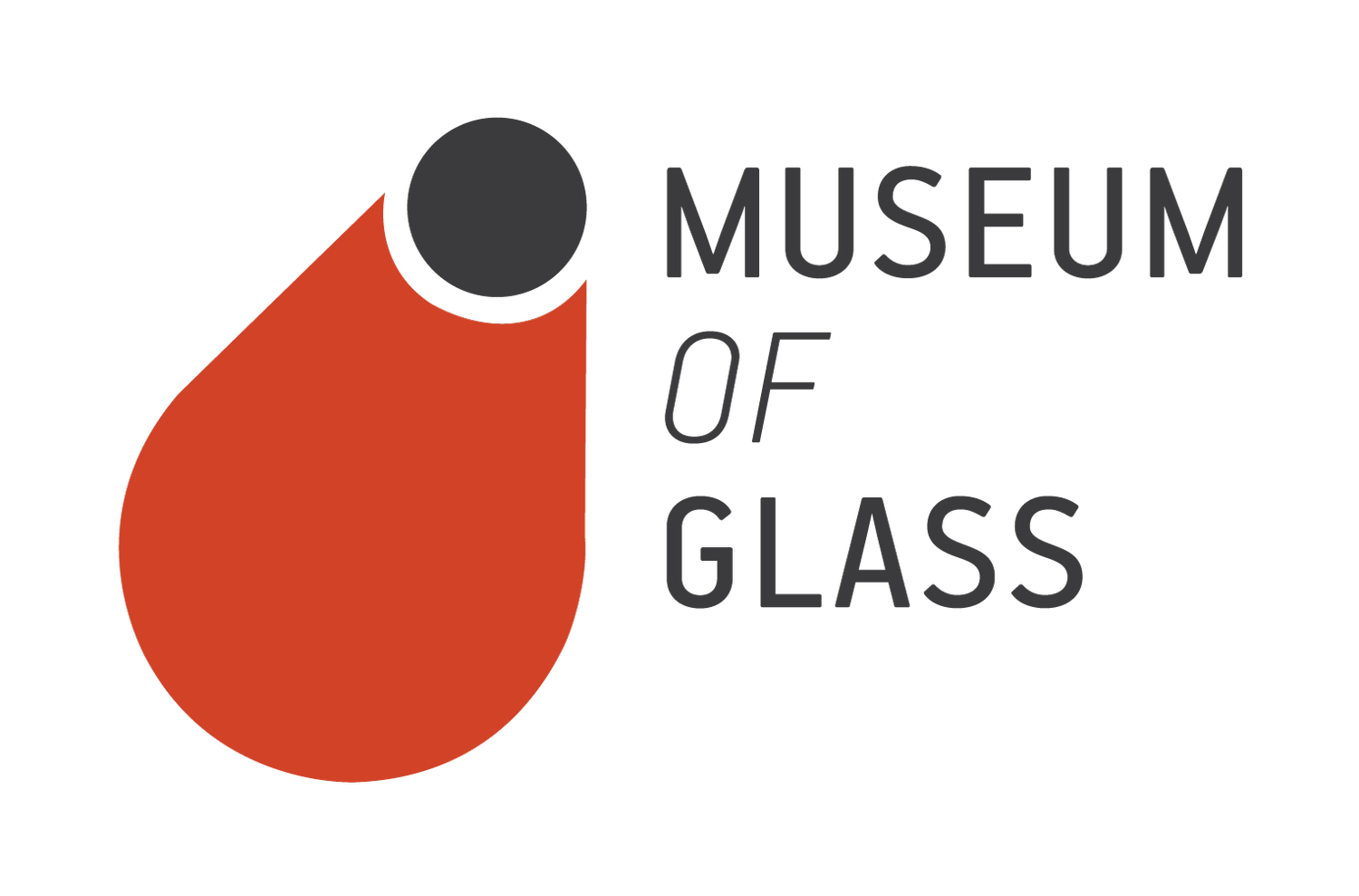"She Bends: Redefining Neon Legacy" Artist Statements: Meryl Pataky on "A Modern Guilt"
Meryl Pataky. Image courtesy of the artist.
Neon is a master-apprentice trade; those holding the knowledge control to whom it is passed. Our newest exhibition, She Bends: Redefining Neon Legacy, tells the story of this evolution playing out in real time, as custodians of the craft become more intentional with how, and to whom, they pass their torches.
Originally from South Florida, Meryl Pataky moved to San Francisco in 2002 to attend the Academy of Art University. She fell in love with the tactile nature of sculpture and pursued a BFA in the major. Pataky’s work consistently revolves around elements found on the periodic table. From silver and copper to neon, iron, and carbon, Pataky creates a variety of abstract mixed media works that relate to her concept of universal connectedness. In doing so, Pataky combines technical expertise - from welding, to glasswork, to papermaking - with her own personal narrative, building complex pieces that invite the viewer to guess at what thoughts and experiences influenced her process.
Meryl Pataky (American, born 1983) with textile collaboration by Allie Felton. A Modern Guilt (installation view), 2020. Neon and mixed media; dimensions variable. Courtesy of the artist. Photo by Deb Leal.
She Bends: Tell us about your work in this exhibition.
MP: A Modern Guilt recognizes the intersectional nature of societal, environmental, and socio-political problems. As the impact of self-serving behavior cripples both economies and the environment, a global pandemic exacerbates humanity’s impact. Self-prioritizing behaviors prove to have disastrous long-term consequences for the environment, with plastic waste and greenhouse gases increasing exponentially. The undeniable relation to the capitalist structure cannot be ignored; living in a for-profit system prioritizes expression of self through consumerism and commodification. A big question I'm asking is about whether this is fated to happen, or rather whether we are already on track for demise because it is ingrained in the human character and consciousness — to fly too close to the sun, to build too high. I am reminded of myths, legends, and even biblical stories like Prometheus, Icarus, Babylon and more. Due to its long history embedded in the capitalist system of consumerism, neon is an appropriate medium to address these behaviors. A large mixed media sculpture anchors the exhibition, using approachable aesthetics like florals to provide a chilling message. Installed on a large wall of plastic wildflowers, the word “Repent” glows in a menacing goldenrod tone. While redemption has deep ties in Christianity, I search further in history for a connection to the ancient Greeks, for whom the concept signified changing course. In the Talmud, the idea of redemption was focused on ethical self-transformation. This emphasis on a paradigm shift rather than on grief and sin removes the ego from the necessity of immediate change. “Repent” is a call to action, demanding recognition that there’s no time for self-pity in the wake of larger global and societal issues. I have made flower walls with living flowers in the past, but this installation warns of a future where only plastic replicas remain. The plastic flowers in this piece include replicas of poppies and blackberries, native of the Boreal region. Yet, unlike the Indigenous people who cultivated those lands and wildflowers, our exploitation of the land leaves no room to treasure these natural beauties. A scattering of dead bees completes the piece, a warning of the dire consequences of our carelessness. While the decision to use plastic flowers is a rational one (the flowers die in just a few days), they also pose an interesting question about the artwork as an artifact. Neon works are made to be completely rid of impurity and run on low voltage, making them suitable as a relic. This method of storytelling through a to-be artifact supplants neon’s origins in commercialism and consumerism, renewed with a didactic purpose.
SB: What motivates you? What are you trying to achieve through your work?
MP: I am motivated by a desire to achieve a higher consciousness through manual work and competency. The process is spiritual and transformative. I aim to push the medium into conversations and situations that separate it from its typical ties to advertising and capitalism.
SB: How did you begin working on this type of series or art in general?
MP: I have been making work about climate crisis for a few years. My perspective is rooted in my motherhood and anxieties about raising a child in this time of crisis. These feelings and my journey are always evolving.
SB: Who has influenced you as an artist?
MP: My work is influenced by personal narratives and the human condition. I am interested in telling a story through materials and their inherent meanings, from their birth in the cosmos to their experience in our hands. Artists that influence me are Chryssa, Claire Fontaine, Guérilla Girls, Keith Sonnier, David Ireland, Anne Hamilton... really, most conceptual installation art and my local Oakland community.
She Bends: Redefining Neon Legacy opens at Museum of Glass on February 11.


